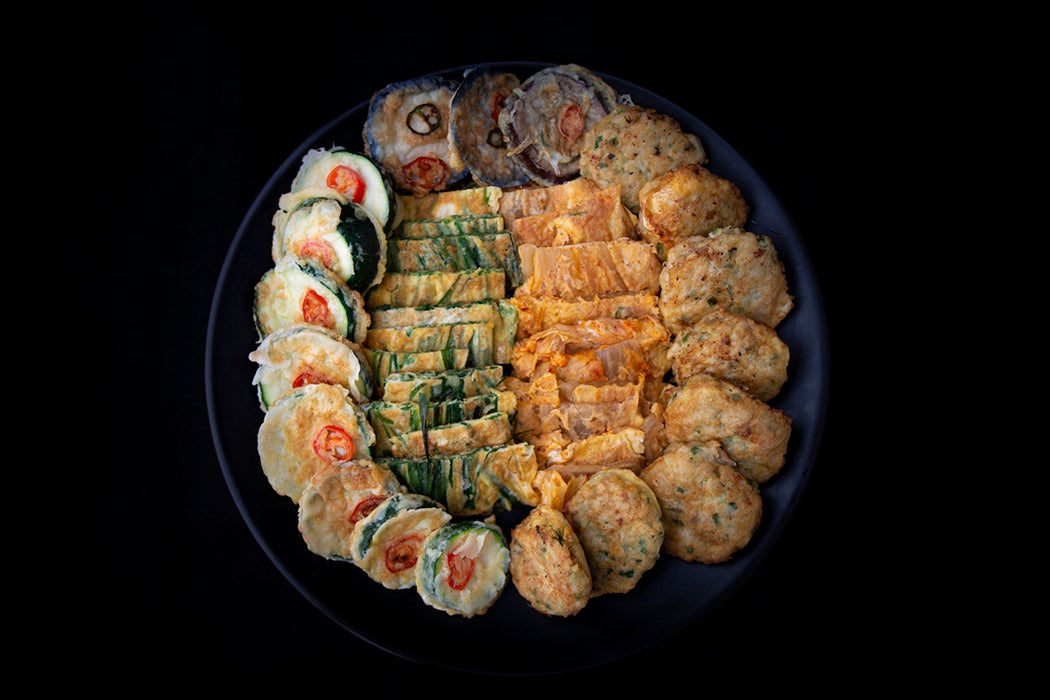K-pop tops the charts, and K-dramas rule small screens—but has hansik, or traditional Korean cuisine, been given short shrift in the global Korean wave? Even as the South Korean government invests in promoting its culture and cuisine, some parts of the world and their roles in developing hansik are being overlooked, argues media and culture scholar Gaik Cheng Khoo.
Examining the limited reach of the state-funded Korean Food Foundation (KFF) in Malaysia, Khoo notes that “hansik globalization rhetoric betrays the deep anxiety of a middling power with a developmentalist mindset that wants badly to be considered a major player on the world stage.”
But, by neglecting local tastes and the existing culinary presence of Korean migrants in Malaysia, the KFF—which became the Korean Food Promotion Institute in 2017—may have missed its mark.
“The hansik globalization campaign, if left in the hands of state officials, would not be as effective as the groundwork already laid by hallyu for hansik’s popularity in Malaysia, and in the bonding over food” that Korean migrants share with others in the country, Khoo writes.
She notes, for instance, that the KFF’s official Korean restaurant guide to Indonesia and Malaysia leaves out a piece of information critical to these Muslim-majority but multi-ethnic societies: the halal symbol, which indicates that dishes are certified as permissible for consumption under Islamic law.
“[D]espite the desire to appeal to both local and international readerships, the trilingual Malaysian edition shows a lack of knowledge about Malaysia’s multicultural ethnic politics and misses the fine nuances that someone on the ground would grasp,” she remarks. For example,
the use of Malay suggests that [the guide] is catering to the majority Malays or that Chinese Malaysians would also prefer to read in Malay, yet there is no halal indicator that would assure Muslim Malays that it is a place where they could eat knowing that it has received a religious endorsement.
In response to such issues, Khoo advocates for the South Korean government’s hansik globalization campaign to better tap the “localized knowledge and experience” of Korean migrants, who helped to drive a boom in the number of Korean restaurants in Malaysia from the mid-2000s onward. These operators have the ground knowledge to make strategic business decisions such as tailoring the availability of halal or Muslim-friendly dishes to outlets in specific locations, she finds.
Consider the owner of Kota Kinabalu’s Korean Snack Café, a migrant restaurateur who is “self-conscious about projecting a positive image of Korea overseas” and has the chops to back it up. Nicknamed “Sabah Lee,” he has made culinary adaptations such as shrinking traditional kimchi pancakes to the size of the local roti canai flatbread, suiting Malay diners who prefer to eat with their hands.
But these innovative migrant entrepreneurs risk being shut out of the hansik campaign. Sabah Lee was unsure whether he would be able to fulfill certain criteria to secure a grant from the KFF, “such as offering many side dishes and serving a proper Korean meal” or even employing a Korean chef.
At the same time, Korean migrants may be isolated from their Malaysian customers, too.
Weekly Newsletter
“Eating at Korean restaurants does little to further in-depth knowledge or understanding of Korean culture due to the superficial nature of the relationship,” Khoo observes. Instead, Korean restaurant owners and managers often have a closer relationship with Malaysian suppliers and neighbors, as well as migrant kitchen and serving staff from around the region.
So, even though hansik is gaining steam, “much more still needs to be done with regard to surrendering a certain level of trust and autonomy to local agents, whether Korean or Malaysian.”







